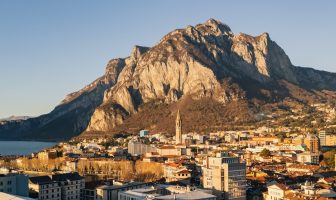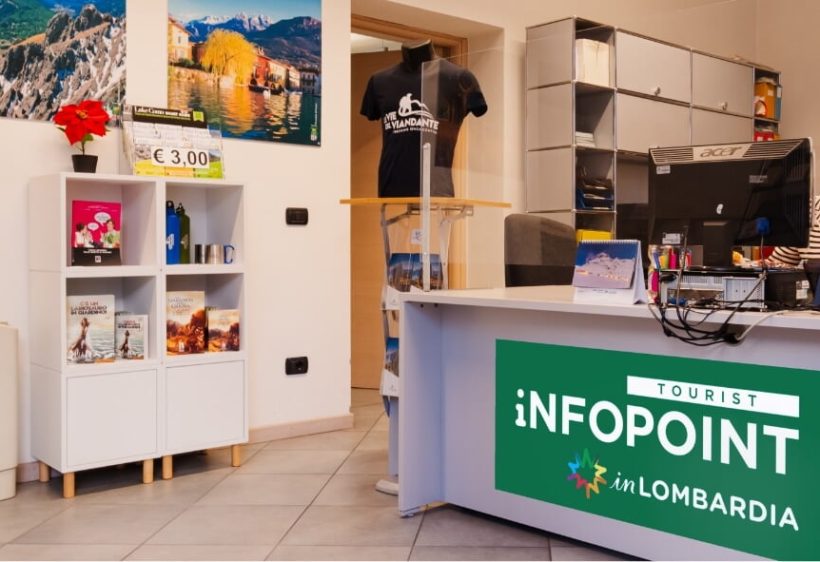
The San Martino – Medale – Coltignone mountain range
Lecco’s iconic mountains: a paradise just a few yards from the city.
The residential centre of Rancio occupies a panoramic position that enjoys sunny meadows throughout the year and lies on the slopes of Monte San Martino, which vertiginously looms over the district. Given its fortunate position, Rancio’s people have always supported themselves with agriculture and livestock. The district’s position today offers some remarkable panoramic viewpoints: wandering around the characteristic streets and squares, these spectacular glimpses appear among the magnificent villas and churches.
Climbing up the hill, it is easy to understand why the municipality has always been divided naturally between “Lower” and “Upper” Rancio, a distinction that still survives among locals. And, as regards its “verticality”, the walls of Monte San Martino sparked the early experiences of Carlo Mauri, the great mountaineer and explorer born in Rancio. Young Carlo drew inspiration for his expeditions around the world in the church of the Assumption by looking at the paintings of the blessed Giovanni Mazzucconi (a native of Rancio who was martyred in exotic lands).
The residential centre of Rancio is located on the north-eastern heights of the urban area, around 1.5 kilometres past the municipal centre, and is bathed by the waters of the Gerenzone. It stands at the foot of Monte San Martino and, specifically, the Corna di Medale, the imposing rocky wall that overlooks Lecco.
The municipality of Rancio has been mentioned in documents since the Middle Ages when its name was “Rancio con Castiglione” (from the name of its main quarter), divided into “Upper” and “Lower”.
Quarters: Upper Rancio, Lower Rancio, Castione, Arlenico and Gera.
Inhabitants’ nickname: Rancio is the district of the “Granelatt”: the nickname is derived from an inexpensive dish very common in the past among inhabitants, that is, cornflour polenta, water and milk.
Not to be missed: Rancio is the starting point for excursions to Monte San Martino, especially towards the Cappelletta della Madonna del Carmine and the “Crocione”. Rancio’s two churches are worth a visit, the Lower church dedicated to the Assunta and the Upper one, the Sanctuary of Santa Maria Gloriosa, both on enchanting terraces overlooking the city; the second in particular offers a view as far as Civate (on the right) and Monte Marenzo (on the left). In the Castione quarter, the little church of San Carlo can be visited, heralded by the curious Fontana delle Tre Bocche (Fountain of the Three Mouths).


Ask us, we will give you suggestions and directions to enjoy the city and the surrounding area to the fullest.
Contact us